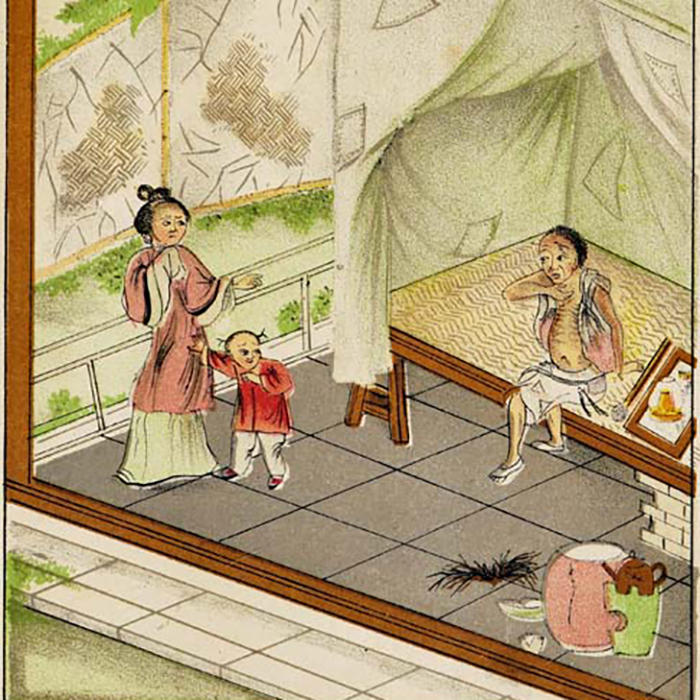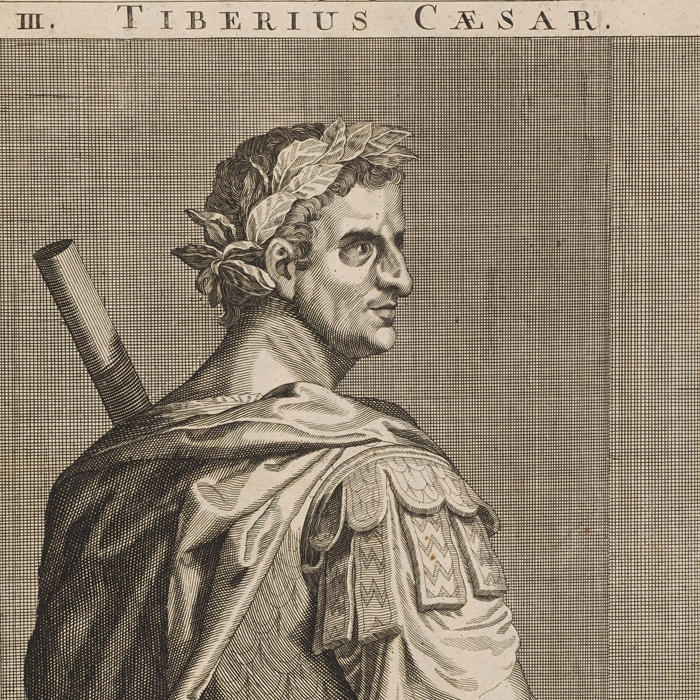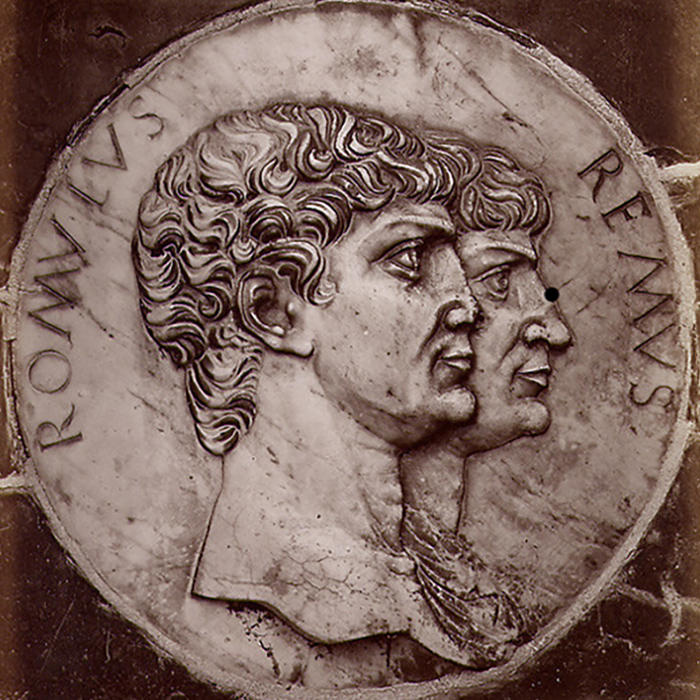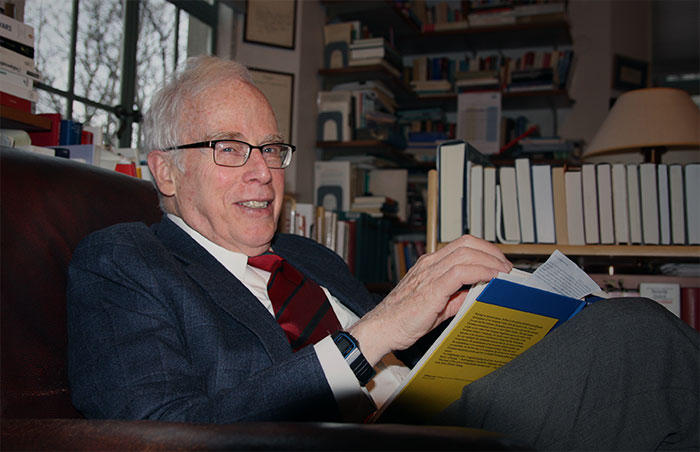Historian Wendell Nii Laryea Adjetey tells the story of the African migrants who circulated between the Caribbean and the North America in the twentieth century, and how a subset of them built a transnational life, and racial solidarity, along the US-Canadian border.

As a worldwide movement to unite people of African descent, Pan-Africanism may have found its ideal reflected in a community that resided between Canada and the US in the early twentieth century. With fluid borders to aid their mobility, migrant blacks in the Great Lakes region forged a thriving community with arts, sports, intellectualism, and political consciousness at the center of social life. It was a brief yet remarkable piece of black diasporic history that calls into question the utility of rigid national borders and identities.
By Wendell Nii Laryea Adjetey
The international refugee crisis—the result of internal strife and wars, poverty, climate change, and unstable governments—threatens the global order. In the Americas, this calamity is forcing migrants to seek safety and opportunity in the United States and Canada. From the turn of the twentieth century to the Great Depression, agricultural downturn, low standard of living, and natural disasters and epidemics compelled roughly 100,000 immigrants from the Caribbean and Central America to seek opportunity in the United States. Canada’s strict policies prohibiting black immigrants meant that fewer than three thousand entered the Dominion in the same period.
From the seventeenth to the nineteenth century, black bodies often circulated around the Caribbean and Central and North America, driven by plantation economies and imperial rivalries. In North America, in fact, cross-border migration specifically between the United States and Canada represented self-determination. For example, the Underground Railroad, a network of clandestine safe houses and passageways, facilitated the escape of tens of thousands of enslaved persons to northern US states or into British North America (Canada) during the antebellum period in the early 1800s. After Congress enacted the 1850 Fugitive Slave Act, a law that allowed the capture and return of runaways, upwards of thirty thousand fugitives and free persons crossed the border into Canada. Some of these refugees returned to fight in the Union Army during the American Civil War. Many more returned to the US in the promising Reconstruction years.... Read more about Cross-Border Cosmopolitans

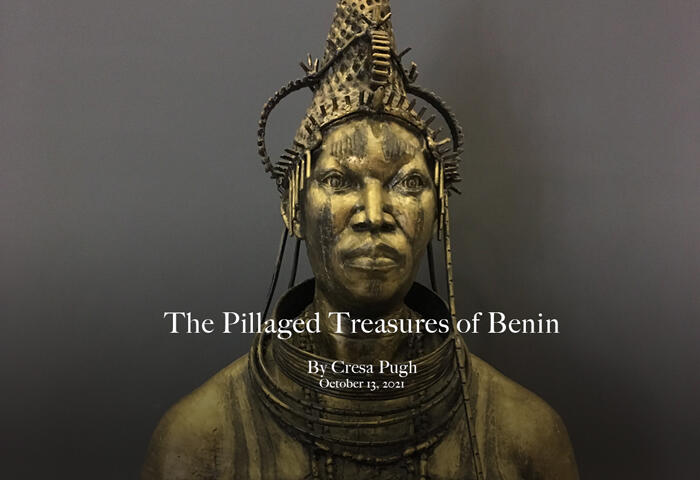 ...
... 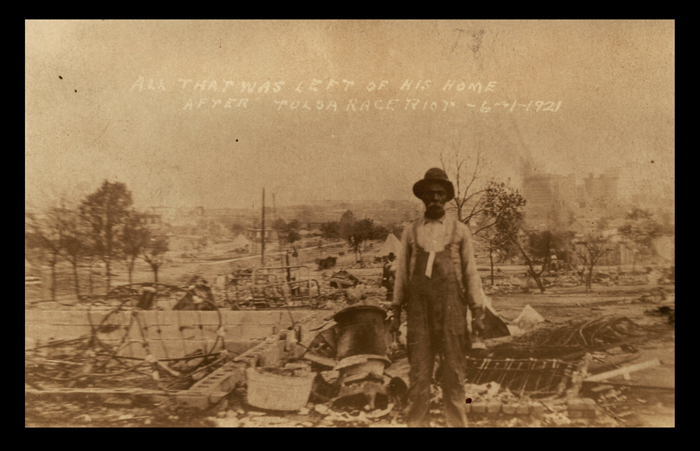
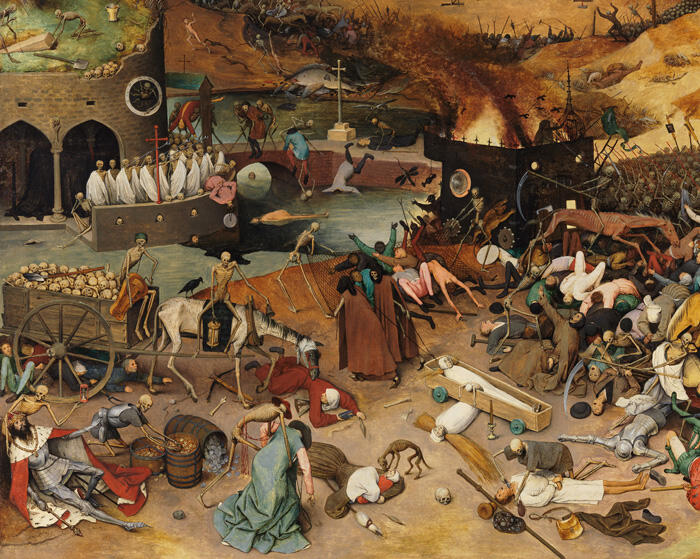 ...
... 
